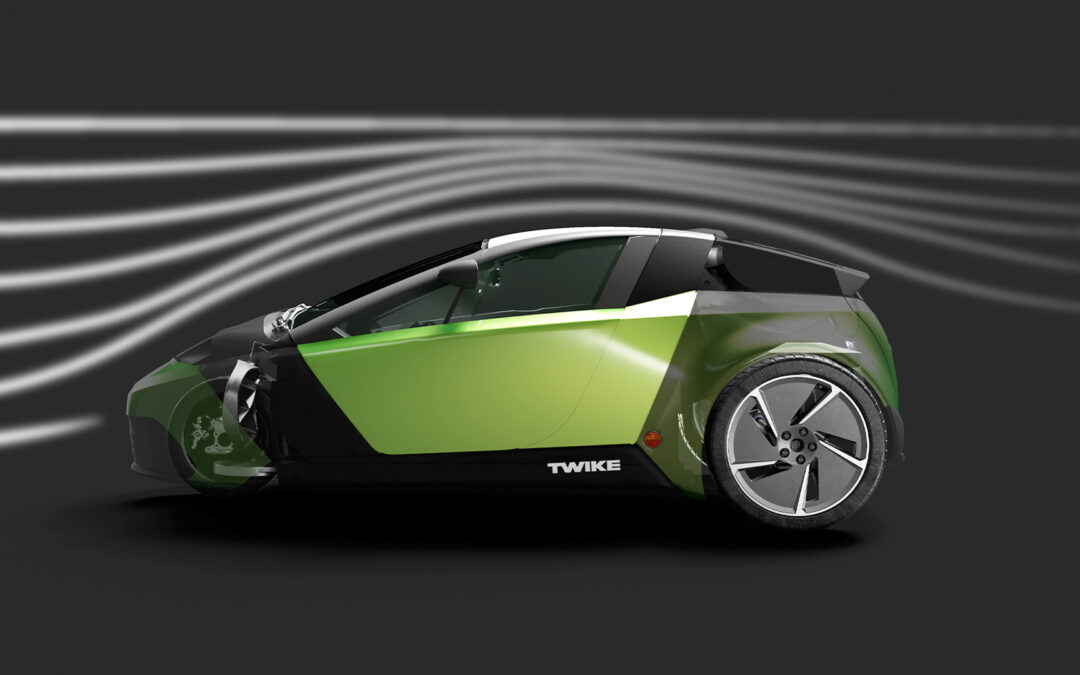The test drives with the driver test vehicle (FET) are currently helping to confirm the design of the vehicle frame, chassis and electrics & electronics. As a result of this safeguarding, further sub-projects have already been resumed and are now being developed to series maturity. The focus is still on the front of the vehicle and under the front cladding, especially on the transmission elements of the steering and its connection to the body in white (BIW, vehicle frame).
At the same time, the connections of the pane frame to the BIW and the positioning of other attachments on the front firewall were determined. The air duct for the filtered fresh air supply to the passengers takes up the largest connected space. Only two of these vents will be visible to the occupants in the dashboard’s viewing area. Only on second glance are the footwell air vents and the outlet duct against the windshield noticed. The air path in the interior uses almost the entire dashboard to distribute the air as undisturbed as possible after it flows through two 900 watt fan heaters installed in series and has previously been cleaned in a large-volume activated charcoal filter in front of the fire wall, i.e. in front of the BIW.
By determining the installation space and the position of all the relevant components of this air path, the inlet duct on the outer skin can now also be finally defined. This is because a high pressure should prevail at this inlet opening while driving in order to relieve the speed-controlled fan. At the same time, the intake point should be high enough to keep out as many heavy suspended particles as possible. And last but not least, this inflow channel also has an influence on the external aerodynamics of the entire vehicle body.
The final optimization of the aerodynamics could thus also be resumed and will continue over the next few weeks until the final on the rear of the vehicle.
